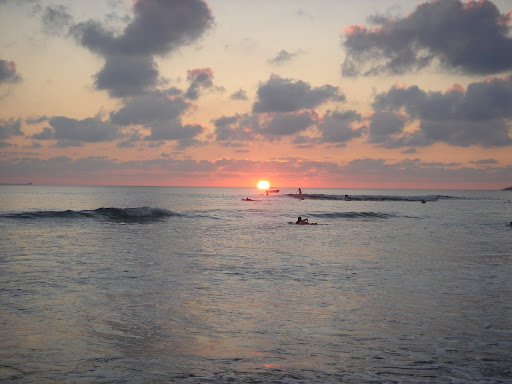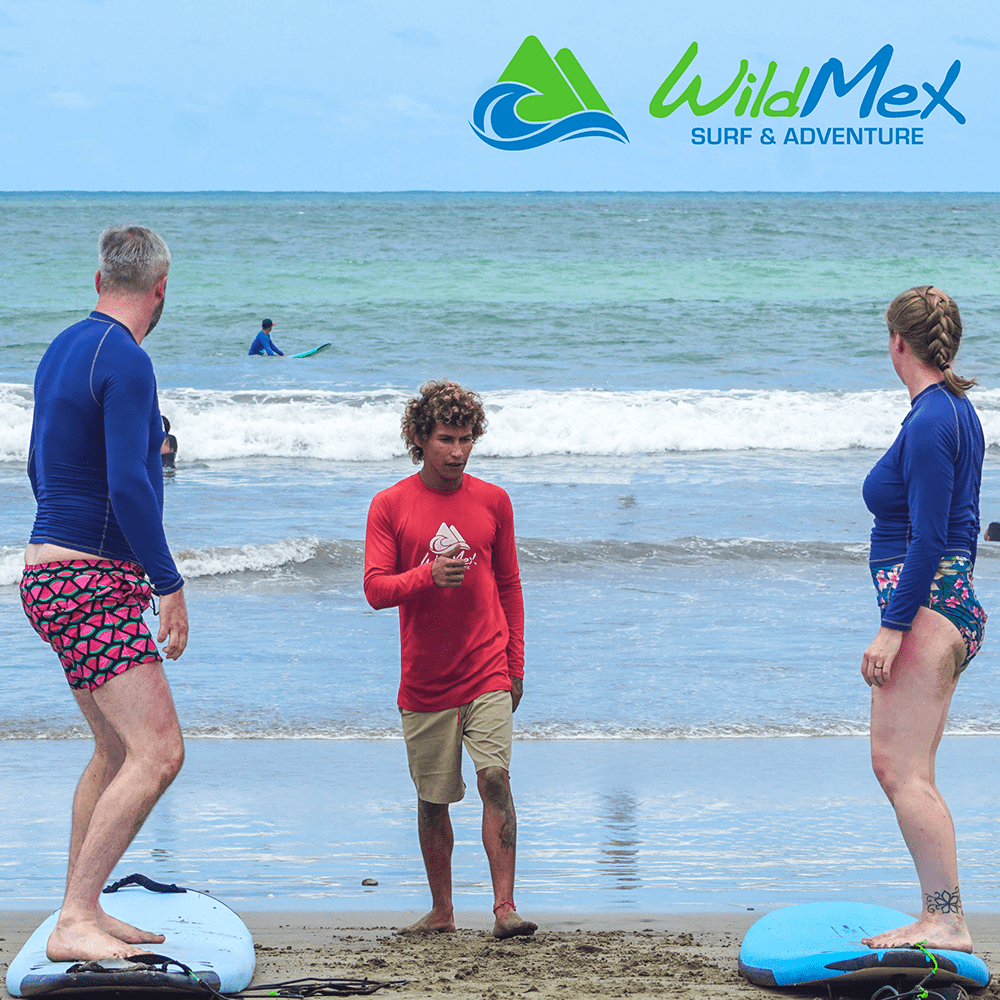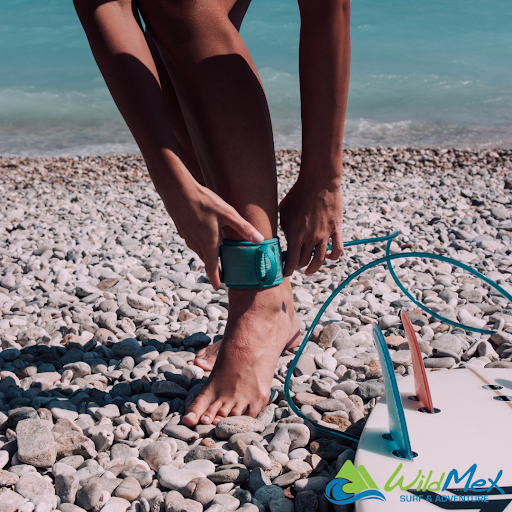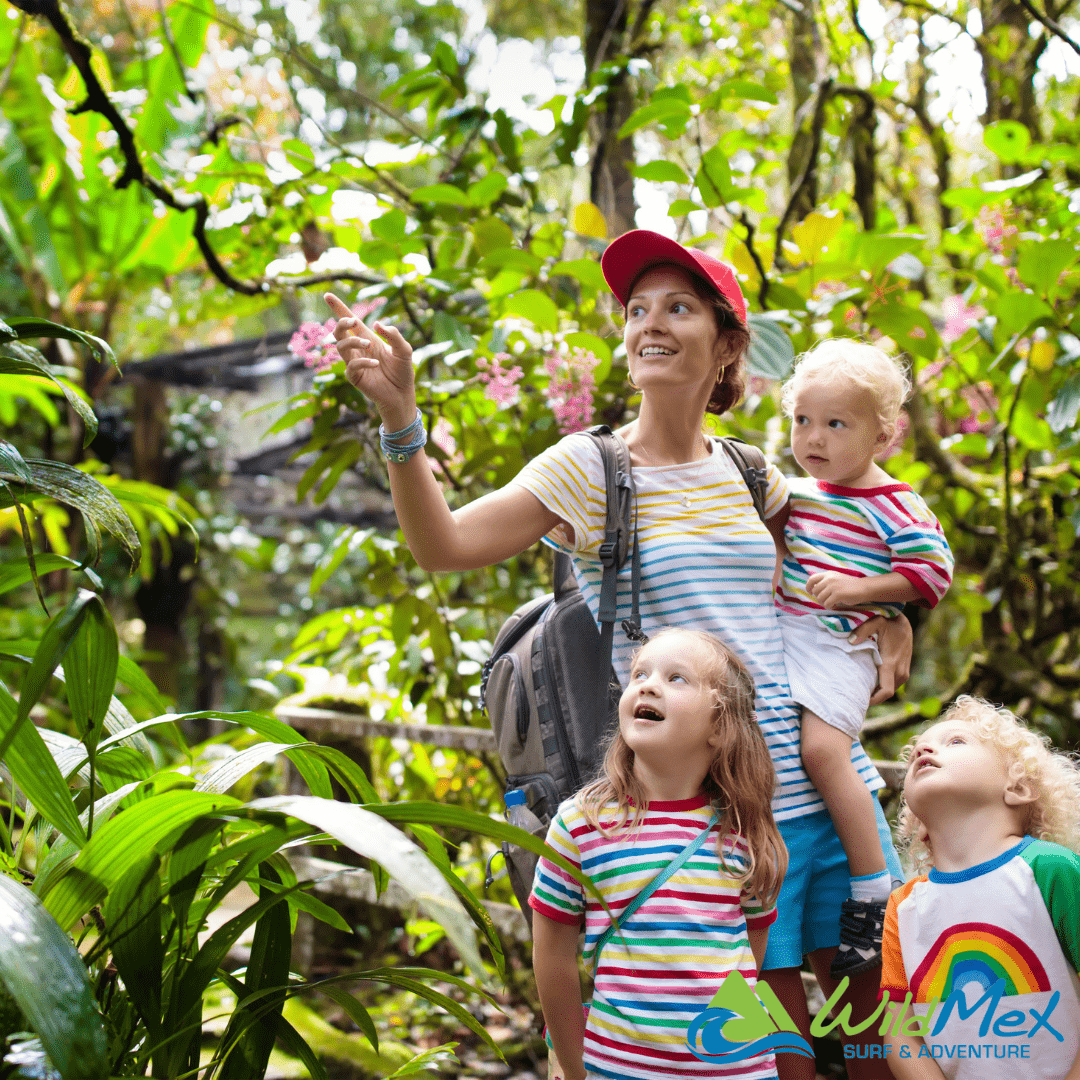Sayulita to La Lancha Transport: Best Way Possible
When considering the journey from Sayulita to La Lancha, you're making a choice to leave behind the bustling streets and vibrant culture of Sayulita for a different kind of paradise. La Lancha beckons with cleaner beaches, fewer people, and superior waves. This stunning destination offers pristine shores, crystal-clear waters, and a selection of breaks that …Read more Sayulita to La Lancha Transport: Best Way Possible










